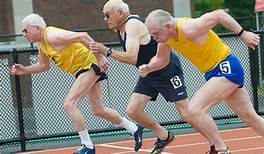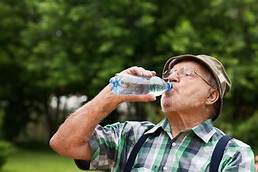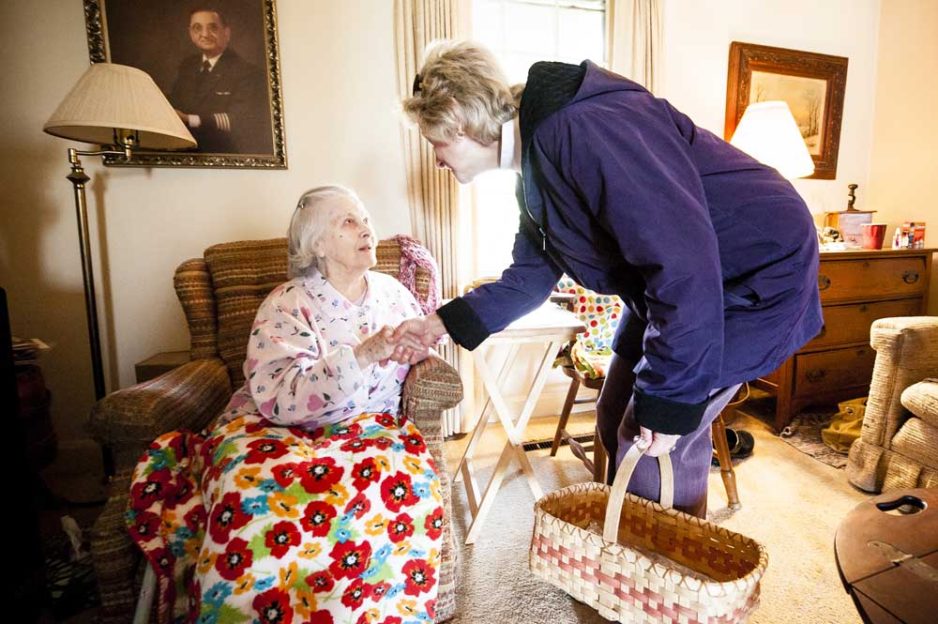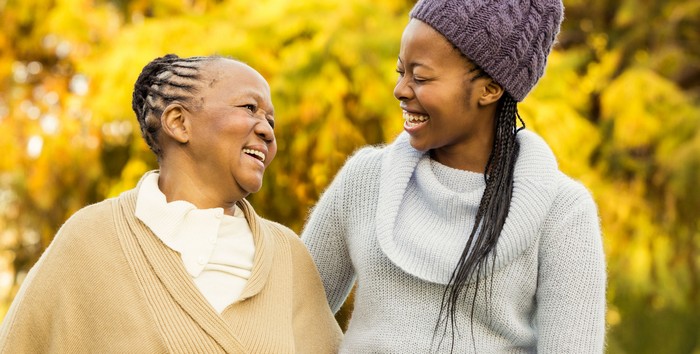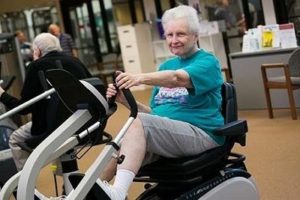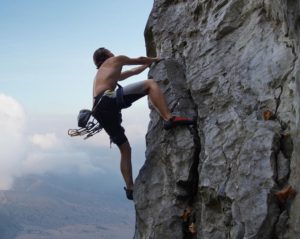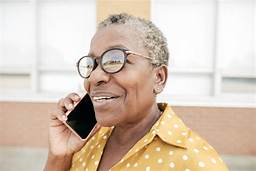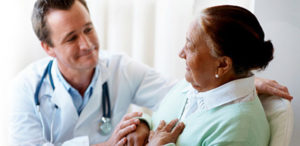
Stay alert for fraud during the coronavirus national emergency. Con artists like to take advantage of people when they’re distracted.
Con artists may try to get your Medicare Number or personal information so they can steal your identity and commit Medicare fraud. Medicare fraud results in higher health care costs and taxes for everyone.
Protect yourself from Medicare fraud. Guard your Medicare card like it’s a credit card. Remember:
Medicare will never contact you for your Medicare Number or other personal information unless you’ve given them permission in advance.
Medicare will never call you to sell you anything.
You may get calls from people promising you things if you give them a Medicare Number. Don’t do it.
Medicare will never visit you at your home.
Medicare can’t enroll you over the phone unless you called first.
Review your Medicare Summary Notices for errors and report anything suspicious to Medicare.
Compare the dates and services on your calendar with the statements you get from Medicare to make sure you got each service listed and that all the details are correct.
These include the “Medicare Summary Notice” (MSN) if you have Original Medicare , or similar statements from your plan if you’re in a Medicare Advantage Plan. They list the services you got or prescriptions you filled.
Check your claims early—the sooner you see and report errors, the sooner you can help stop fraud. Log into MyMedicare.gov to view your Original Medicare claims as soon as they’re processed, or call us at 1-800-MEDICARE (1-800-633-4227).
Check the receipts and statements you get from providers for mistakes.
If you think a charge is incorrect and you know the provider, you may want to call their office to ask about it. The person you speak to may help you better understand the services or supplies you got, or they may realize a billing error was made.
If you’ve contacted the provider and you suspect that Medicare is being charged for health care you didn’t get, or you don’t know the provider on the claim, find out how to report fraud.
Check regularly for Medicare billing fraud. Review your Medicare claims and Medicare Summary Notices for any services billed to your Medicare Number you don’t recognize.
Learn more about how to spot fraud.
Report anything suspicious to Medicare.
How to report Medicare fraud
Calling us at 1-800-MEDICARE (1-800-633-4227). TTY users can call 1-877-486-2048.
If you’re in a Medicare Advantage Plan, call the Medicare Drug Integrity Contractor (MEDIC) at 1-877-7SAFERX (1-877-772-3379).
Have this information before you report fraud:
Your name and Medicare Number.
The provider’s name and any identifying information you may have.
The service or item you’re questioning and when it was supposedly given or delivered.
The payment amount approved and paid by Medicare.
The date on your Medicare Summary Notice or claim.
